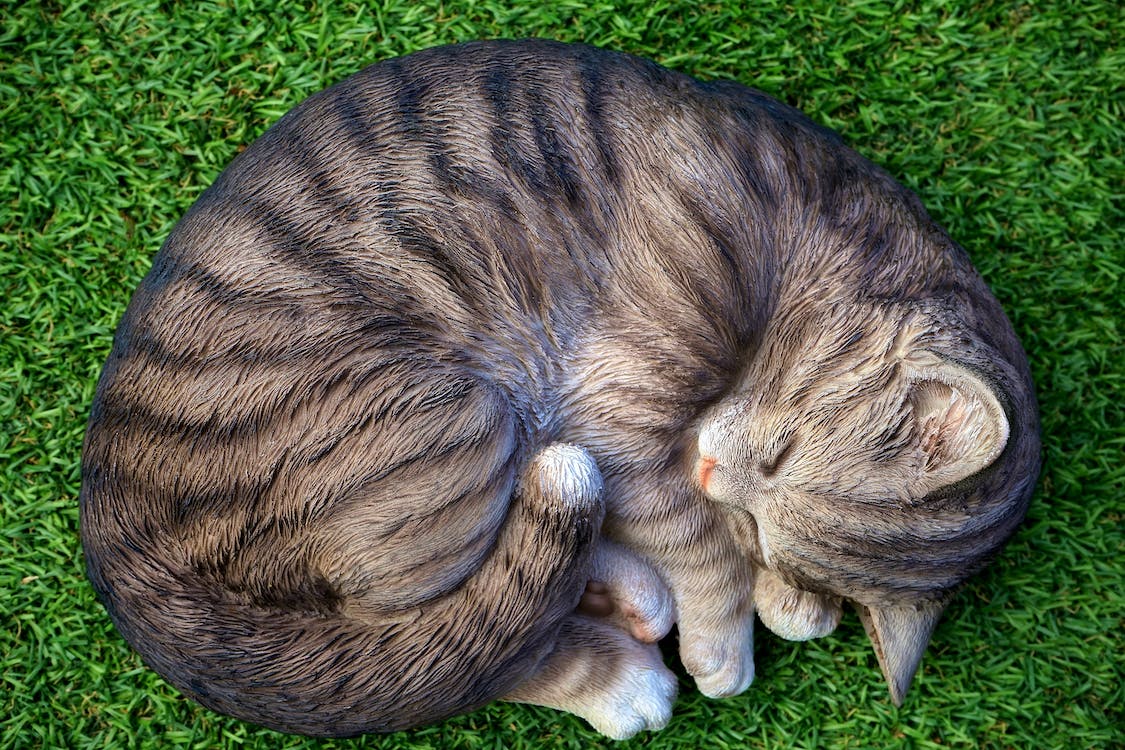SIZE: Length (including the tail) 63 cm, mass 1 kg.
COLOUR: The overall body colour is black with four prominent pure white stripes running from the top of the head along the back and sides to base of the tail. The face, legs and underparts are black; the face has a white patch above the nose and a larger white patch on either side, between the eye and ear. The tail is mainly white but the black of the hair bases shows through.
GESTATION PERIOD: 6 weeks
POTENTIAL LONGEVITY: 14 -15 years
HABITAT: All types of terrain, including arid plains, grassland, bush country, forest, rocky areas and mountains.
No other animal can excrete a smell as bad as the polecat can: when in danger it fluffs out and raises its bushy tail, raises its dorsal hairs to form a crest, screams shrilly, and then presents its rear and squirts a foul-smelling excretion from its anal glands that lingers for days at its enemy. If the excretion is sprayed in the eye, it can cause blindness. This animal will also fake death to escape its pursuers, or, like a mongoose, it will escape up a tree. The striped polecat is nocturnal, and is therefore not often encountered. It is a solitary animal, and forages for small mammals, insects, spiders, birds' eggs and sometimes snakes or poultry. When out foraging, it trots along with its back slightly hunched and its tail held out horizontally: moving forward purposefully, it pokes its muzzle into loose litter looking for its prey. Normally striped polecats live in burrows either dug by itself or taken over from another animal; they can also live in a shelter provided by rocks, tree roots or vegetal debris. The polecat young, usually two or three to a litter, are altricial: they are born blind, hairless and pink.
WILDLIFE PARKS AND RESERVES WHERE THIS SPECIES IS FOUND:
